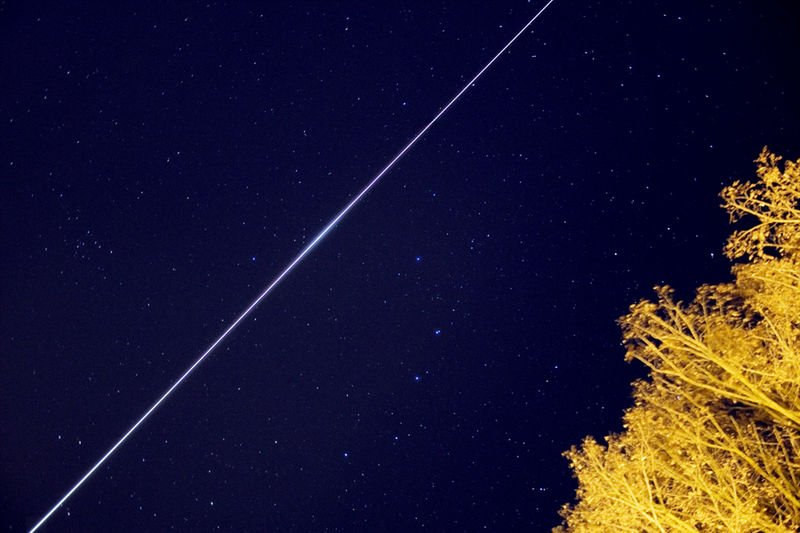It’s been a long time since the Russians launched the first artificial satellite, Sputnik 1, in 1957. Nowadays, we send hundreds of satellites into Space every year and plan to launch even faster, tripling and even quadrupling the launch capabilities by 2025. We learned to place not only single satellites into orbits around the Earth but also groups of satellites that work together.
In some groups, called CLUSTERS, satellites fly in close formation, typically 250 meters to several kilometers apart. As they observe their target from different angles, the result of the joint effort is a high resolution image, as if made by a single giant instrument the size of the cluster.
In other groups, called CONSTELLATIONS, satellites are spread out in order to provide global coverage. This way no matter where you are on Earth, at least one satellite will always be above your local horizon. Constellation configuration is used for many purposes, such as navigation, communication, weather monitoring and internet access. If you rely on SatNav when you drive (be it American GPS, Russian GLONASS or European Galileo), make calls via a satellite phone (for example, Iridium SatPhone), or use satellite broadband, there is a satellite constellation somewhere up there that makes it possible.
More satellite constellations than ever to go into Space soon!
In the nearest future many new, even bigger, satellite constellations will be placed into orbits around the Earth. And the existing ones will be upgraded to include more satellites. On one hand, it’s a good thing. With nearly half the world still being off-line, the proposed mega constellations will mean wider and faster connection, better signal quality and improved location accuracy. But these advances will come with a hefty price tag. Because, believe it or not, satellite constellations are a threat to the ground-based Astronomy and Stargazing!
SpaceX Starlink and other projects
Take the SpaceX Starlink project, for example. This ambitious initiative aims to provide low-cost broadband to the users around the Globe. As of today, 302 Starlink satellites have been deployed, and that’s just the beginning. The company is planning to launch around 12.000 satellites in total by 2027. And there are many other projects, such as OneWeb, Amazon’s Project Kuiper and others, that will each put thousands of satellites into the Low Earth orbit. Will these machines affect the pristinity of the night sky? Yes, they will. In fact, they already do! When the first 60 Starlink satellites were launched in May 2019, the observers were shocked to see how bright to the naked eye the satellites were. With more units to be launched, astronomers fear that soon there will be more bright satellites in the sky than there are bright stars.
Nuisance to the astronomical observations?
In June 2019 the International Astronomical Union (IAU) released the Statement on Satellite Constellations in which they expressed concern that a huge amount of satellites in low orbit will disrupt ground-based observations, ruin the dark sky for the stargazers and even affect nocturnal wildlife. Following the statement, several IAU groups began their work to try to estimate the potential interference. Their preliminary results are alarming.
“The IAU considers the consequences of satellite constellations worrisome. They will have a negative impact on the progress of radio,optical,infrared and ground based astronomy and will require diverting human and financial resources from basic research to studying and implementing mitigating measures. In case of modern fast wide-field surveys…up to 30% of the 30-second images during the twilight hours will be affected”.
It looks like astronomers, space companies and policymakers have a lot of work ahead! Are we going to lose our dark skies?
More information
- Worried about light pollution from satellites? Sign the petition to protect the dark sky!
- Want to learn more about satellites, telescopes and space exploration? Visit out portable star dome!
- Curious about Satellite navigation and how it works? Check out our space blog!

